Fundamental of Finance: Investment Analysis, Risk, and Return
VerifiedAdded on 2023/06/15
|6
|838
|337
Homework Assignment
AI Summary
This assignment delves into the fundamentals of finance, covering key concepts such as beta, Capital Asset Pricing Model (CAPM), and investment analysis techniques. It evaluates the risk associated with different stocks based on their beta values, highlighting Pfzier as the least risky and The Home Depot as the riskiest. The assignment further explores portfolio construction, emphasizing the preference for low beta portfolios to reduce overall investment risk. It discusses three major project analysis techniques: Net Present Value (NPV), Internal Rate of Return (IRR), and Payback Period, explaining their respective roles in assessing project viability and returns. The Modified Internal Rate of Return (MIRR) is favored over IRR for its accuracy in measuring the true rate of return. The assignment concludes by advocating for the use of cash flow analysis in evaluating project desirability, emphasizing its importance in providing accurate results for investment appraisal techniques. Desklib offers this solved assignment and many more to aid students in their studies.
1 out of 6
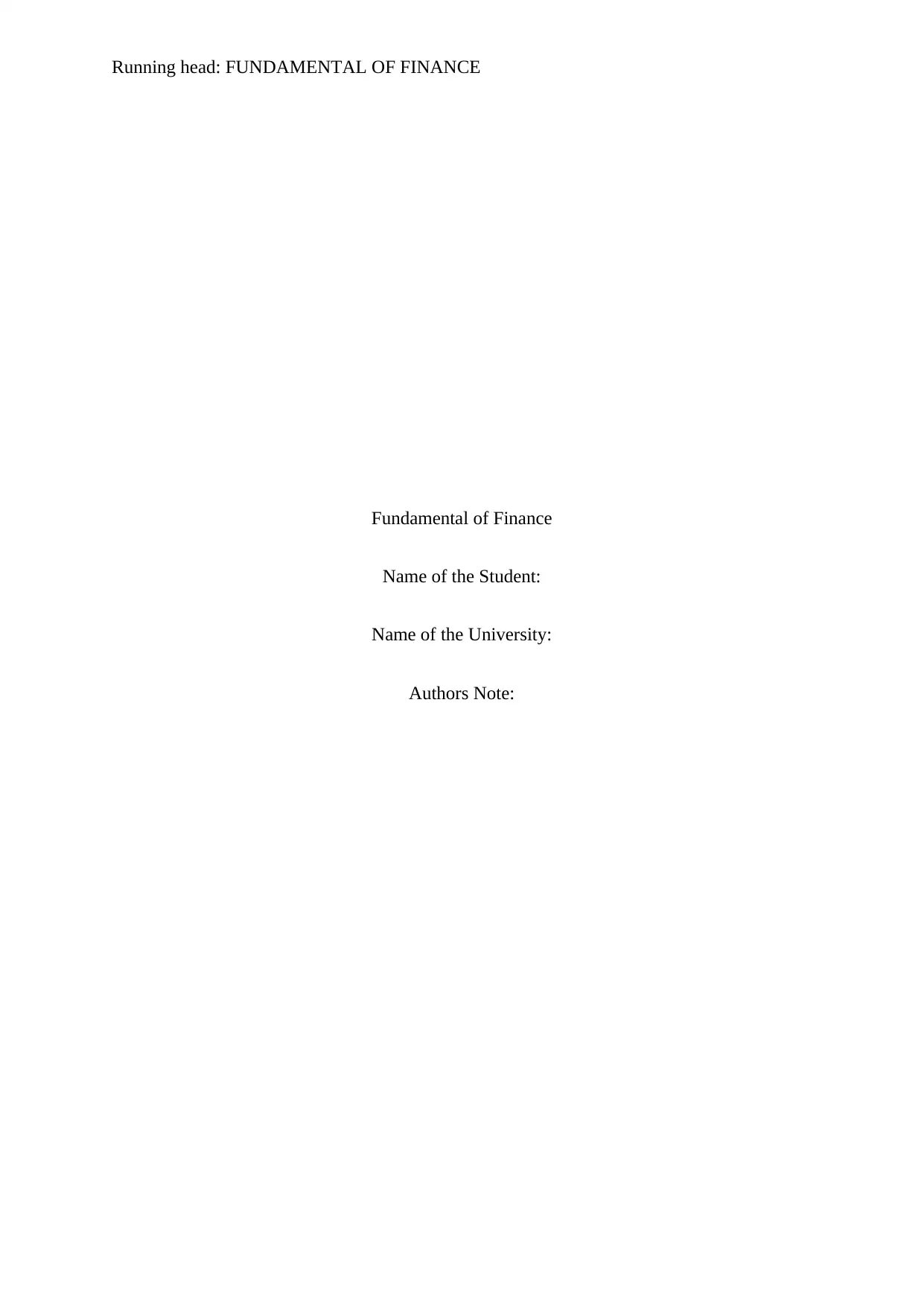
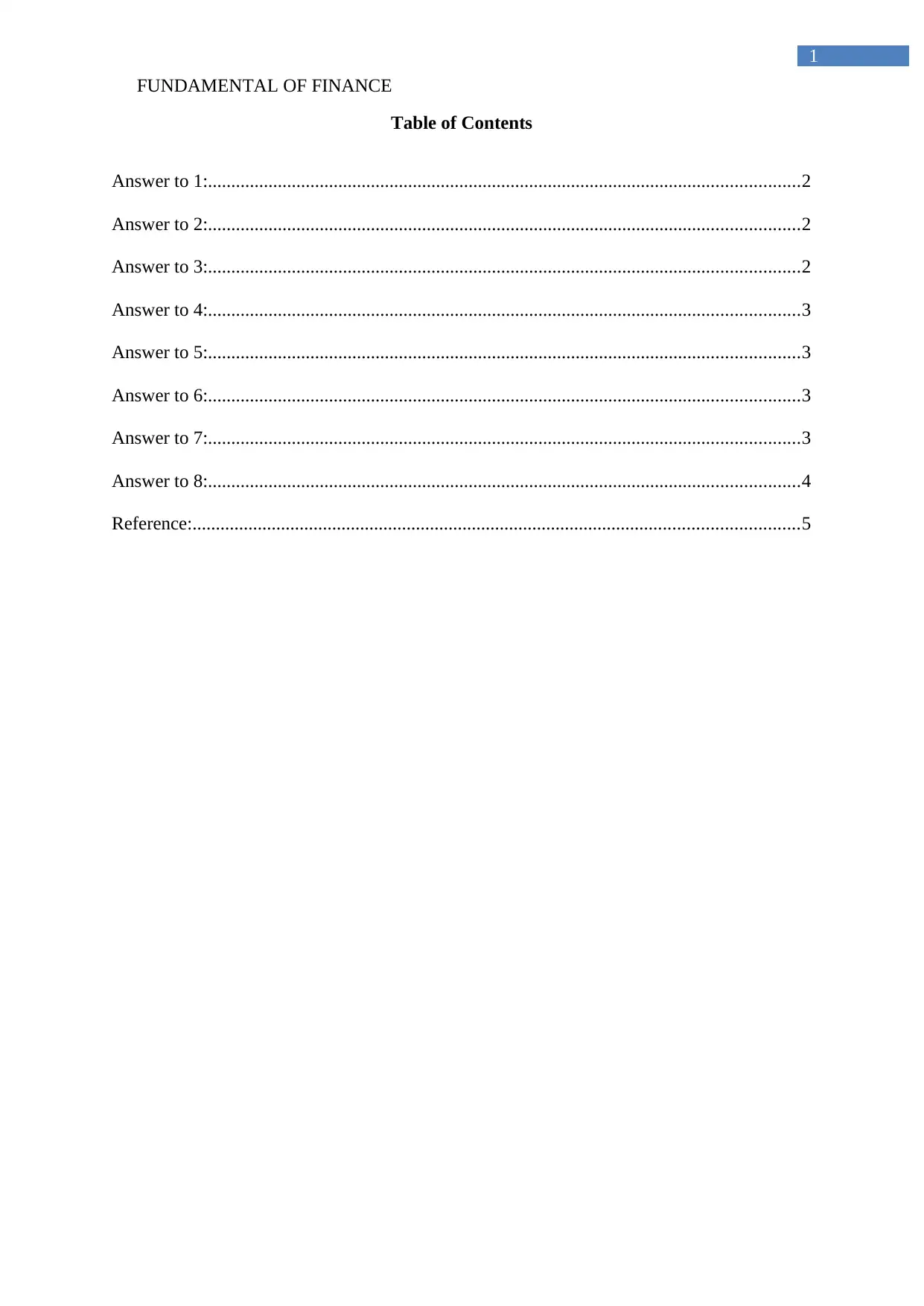
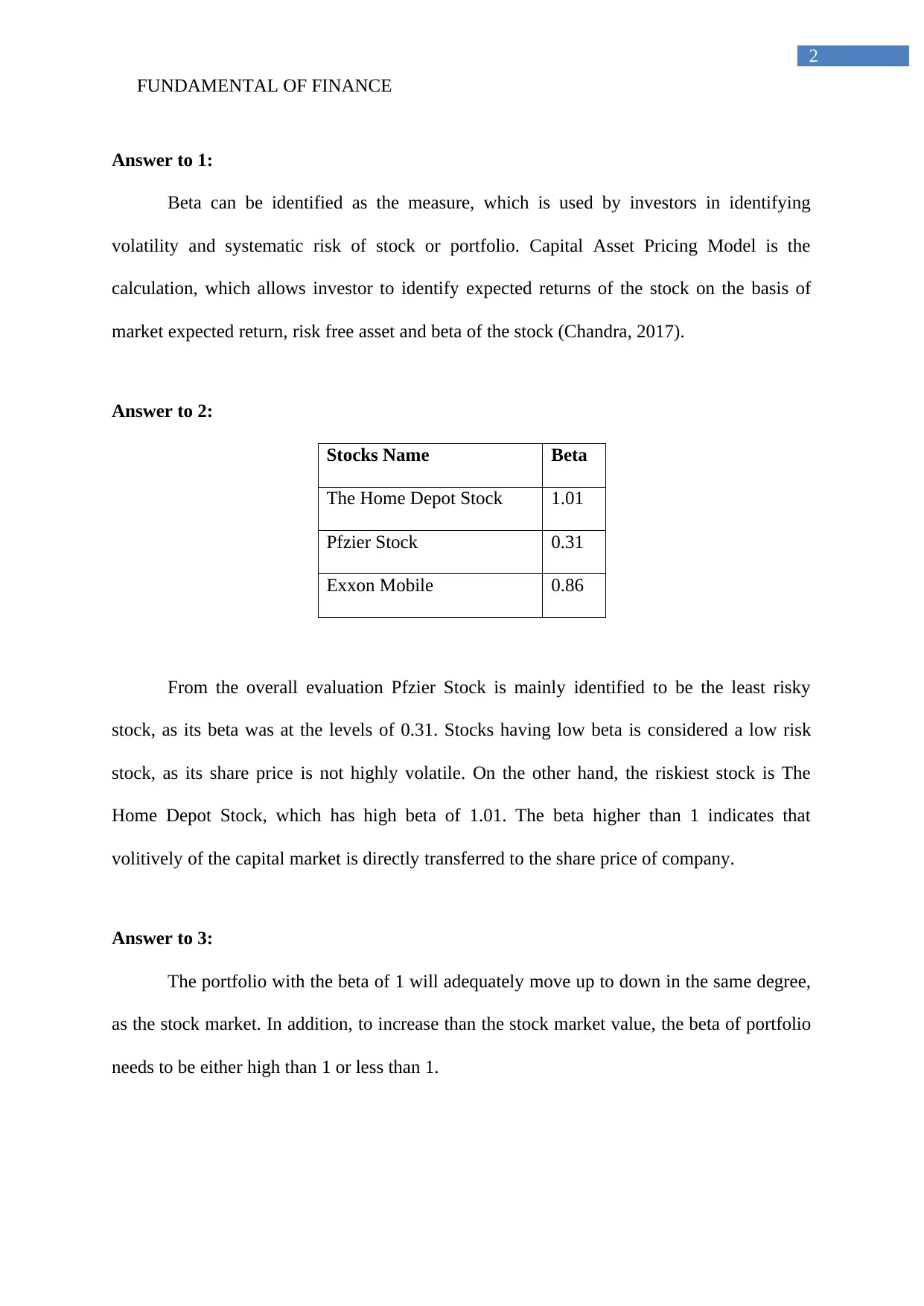

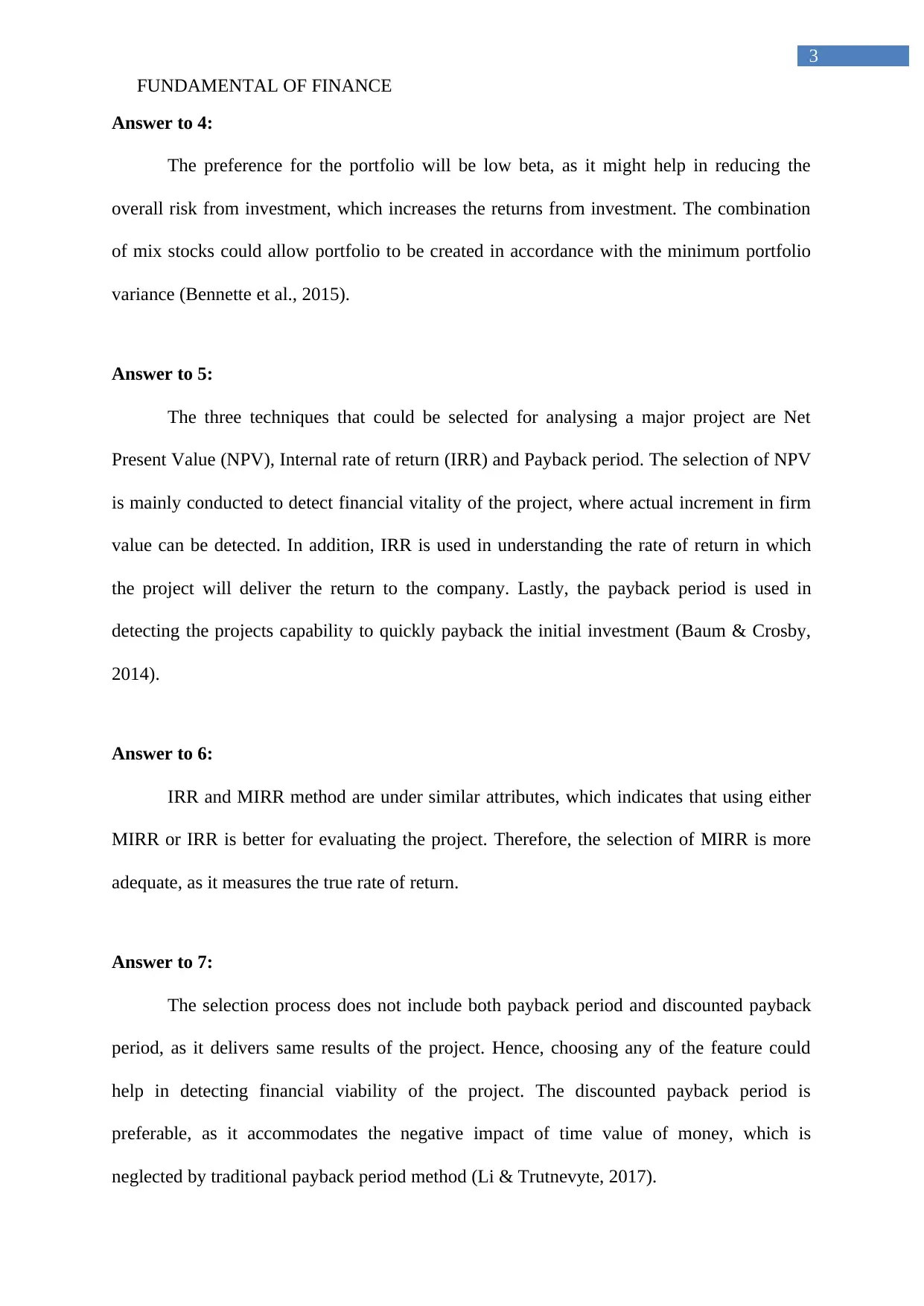

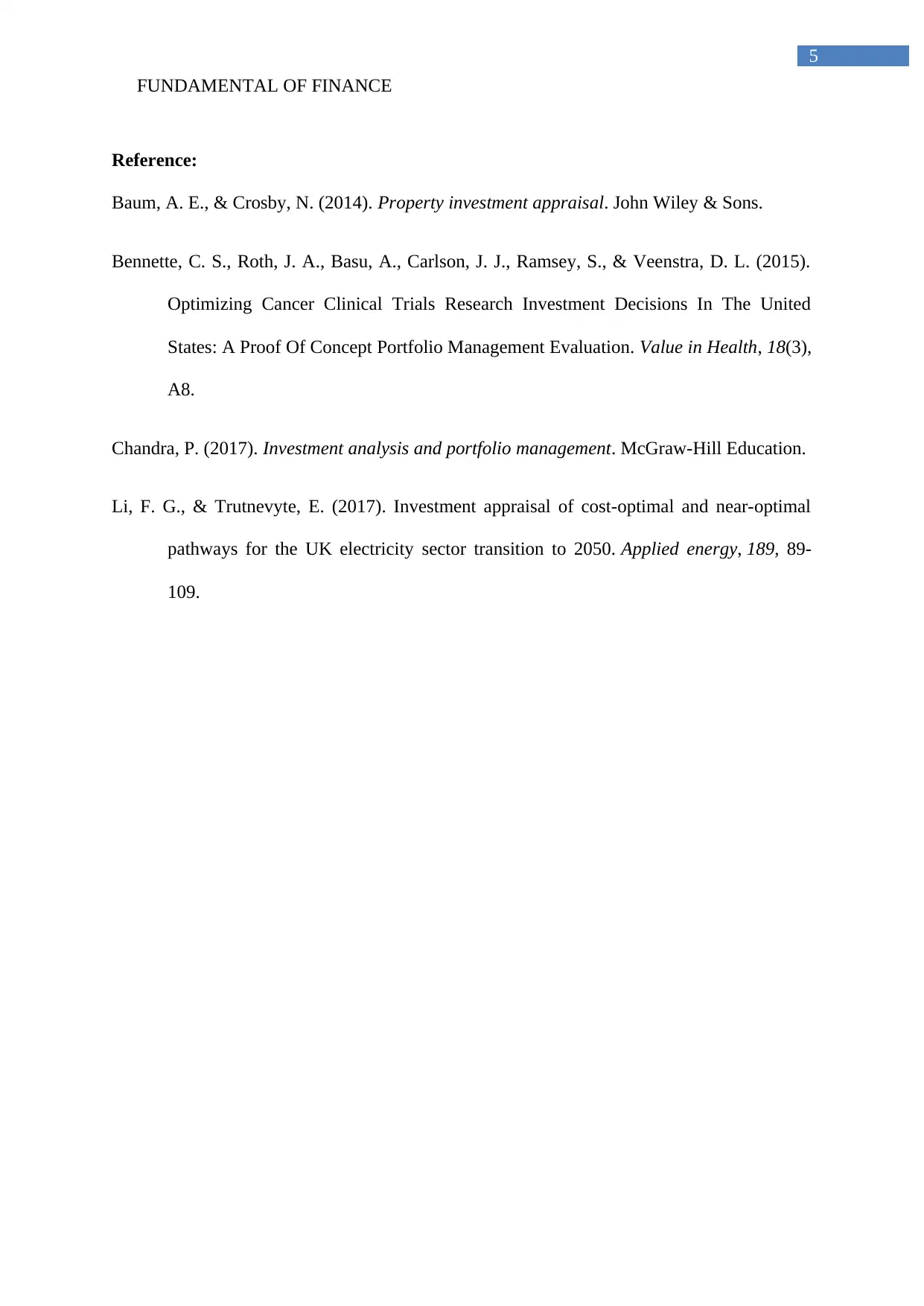






![[object Object]](/_next/static/media/star-bottom.7253800d.svg)